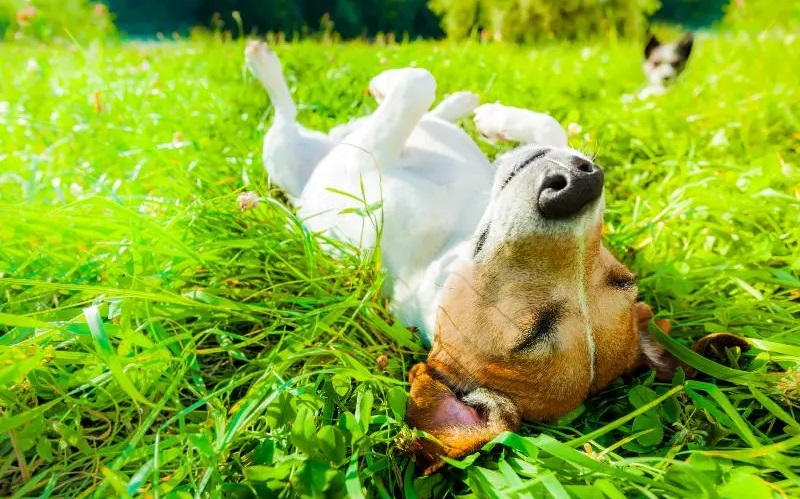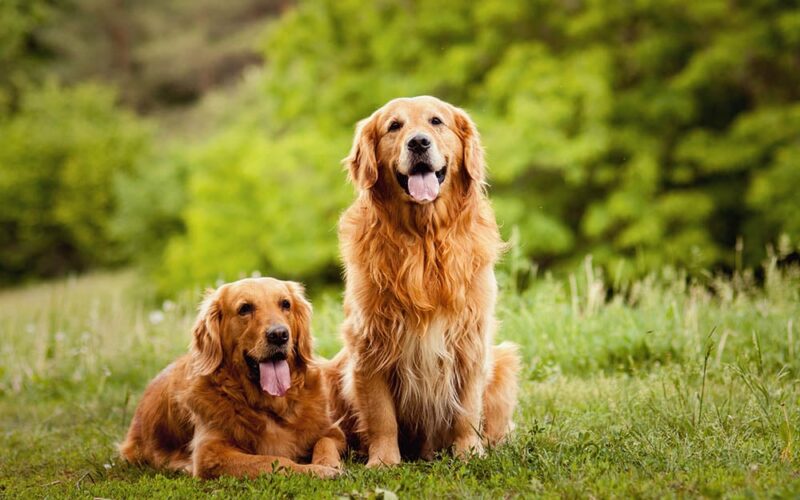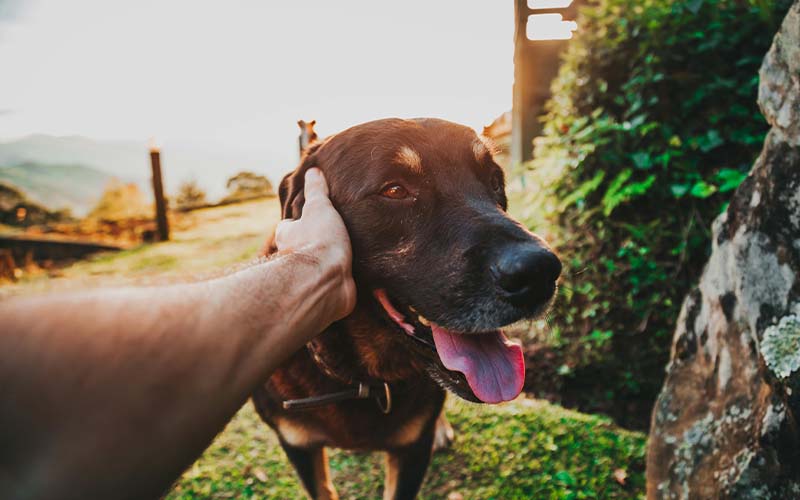When it comes to understanding our furry friends, knowing about the heat cycle in dogs is essential. This natural process can be confusing and sometimes challenging to manage, but with the right knowledge, you can ensure your dog remains healthy and comfortable.

What is the Heat Cycle in Dogs?
The heat cycle, also known as estrus, is a natural reproductive cycle that female dogs go through. It typically begins when they reach puberty, which can be as early as six months of age for small breeds and up to two years for larger breeds. The heat cycle occurs approximately every six months and lasts about three weeks.
Stages of the Heat Cycle
Understanding the stages of the heat cycle can help you better manage your dog’s health and behavior during this time. There are four main stages:
- Proestrus: This is the beginning of the heat cycle, lasting about 9 days. During proestrus, the female dog’s vulva swells, and she may have a bloody discharge. She may also display changes in behavior, such as increased urination and restlessness.
- Estrus: Lasting about 9 days, this stage is when the female is fertile and receptive to males. The discharge may become lighter and more pinkish in color. You might notice your dog flagging her tail to the side as a signal of receptiveness.
- Diestrus: This stage lasts about 60 days and is the period following estrus. If the dog becomes pregnant, this stage will include the gestation period. If not, her body will return to normal, and she will not be receptive to males.
- Anestrus: The final stage, lasting about 4 months, is a period of reproductive inactivity between heat cycles. During this time, there are no signs of hormonal or behavioral changes.

Signs and Symptoms
Recognizing the signs of a heat cycle can help you provide better care for your dog:
- Swollen Vulva: One of the first signs is a noticeably swollen vulva.
- Bloody Discharge: You may see a bloody or pinkish discharge.
- Frequent Urination: Increased urination is a common sign as the dog marks her territory.
- Behavioral Changes: Your dog may become more affectionate, restless, or anxious.
- Tail Flagging: She may flag her tail to the side when touched near the rump.
Managing Your Dog During Heat
Caring for a dog in heat requires attention to hygiene and behavior management:
- Hygiene: Keep your home clean by using dog diapers or keeping your dog in easy-to-clean areas. Regularly clean her bedding and living area.
- Exercise: Continue regular exercise but avoid places with many dogs to prevent unwanted attention from males.
- Supervision: Always supervise your dog when outside to prevent accidental breeding.
- Comfort: Provide extra comfort and reassurance to help her manage anxiety or discomfort.

Preventing Unplanned Pregnancies
If you do not intend to breed your dog, consider spaying her. Spaying not only prevents unplanned pregnancies but also reduces the risk of certain health issues such as uterine infections and breast cancer.
Conclusion
Understanding and managing the heat cycle in dogs is crucial for responsible pet ownership. By recognizing the signs and symptoms and providing appropriate care, you can ensure your dog stays healthy and comfortable during this natural process. For many of us, our pets are like family, and they deserve the best care we can provide. Isn’t that right, Bailey? 🐾
Stay informed and consult your veterinarian if you have any concerns about your dog’s heat cycle or overall health. Proper knowledge and care can make a significant difference in your pet’s well-being.
